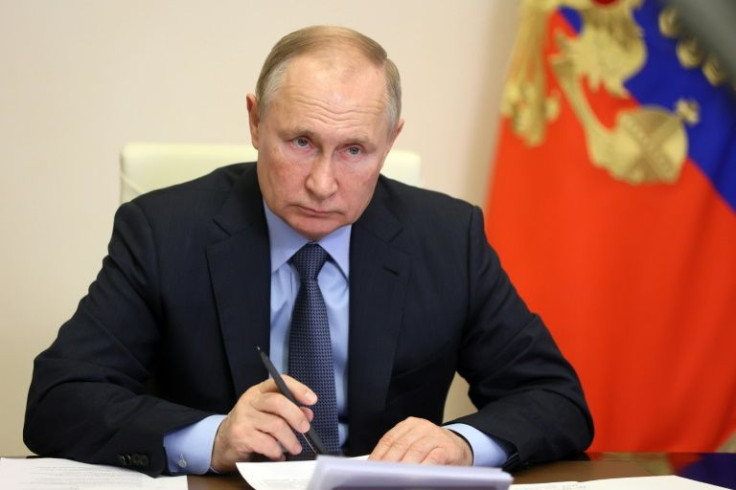Fuelling Russia’s Economy When Sanctions And Flare-Ups Bite

Russia's commodity-driven economy is on the brink of panic due to the elements of uncertainty that the Kremlin can't afford to ignore.
The panic has already threatened stock prices, ruble exchange rates, and all economic activities. A report by the World Bank in December lowered forecasts for Russian GDP growth to 2.4 percent for 2022. However, the official forecast by the Ministry of Economic Development is 3 percent for 2022.
The ongoing conflict between Moscow and the West has raised questions about Moscow's overreliance on oil and gas exports to pay for the Russian government's military activities and to keep its economy growing.
The migrant crisis on the northern and western borders of Belarus may come back to bite Russia because most of the oil from Russia to the West is passing through Belarus and sanctions imposed on Minsk would hurt Moscow badly.
Besides, if the confrontation over Ukraine escalates, the West will respond harshly in ways that will undermine the Russian economy.
Mega national infrastructure projects, from new roads, railways, and bridges to housing renovation and healthcare improvements, are lagging behind the schedule due to labor shortages, rising global commodities prices.
The government hopes energy majors like Gazprom and Rosneft will pump in money to build infrastructure around their crucial production sites and will self-fund new projects like a possible new gas link to China and Rosneft's vast Arctic oil exploration plans.
The Russian government is banking on the public debt which is extremely low, at around 18 percent of GDP. In fact, 80 percent of its public debt is denominated in rubles, a form of protection should Moscow be hit with sanctions that can block its access to international financial markets.
The country's international reserves have surged by $40 billion over the last 12 months to stand above $620 billion in the last assessment by the central bank.
Foreign direct investment (FDI) in Russia was the lowest since 2003 last year. Ever since sanctions were slapped on Russia in 2013, the net inflow of FDI has nearly halved as investors grapple with Russia's reputation and complications associated with owning Russian assets abroad.
Diversifying the economy is an arduous task as the oil and gas sector accounts for about 20 percent of the country's GDP currently. However, targets for 2030 include hiking the exports of non-oil and gas products by 70 percent by the world's largest exporter of natural gas, the second-largest exporter of petroleum, and the third-largest exporter of coal. Russia plans to achieve carbon neutrality by 2060.
As many European Union nations are phasing out coal demand for Russian coal has already come down. However, the country is betting big on Asia to substitute exports to Europe with exports to Asia.
The central bank raised the key interest rate seven times in 2021 from a record low of 4.25 percent. The apex bank is expected to increase it to 9 percent in the first quarter of 2022.
The country is in dire need of higher rates to tame high inflation that reached 8.4 percent in November, a level last seen in early 2016, and was pegged at 8.2 percent in late December.
Experts expect inflation will slow to 5.2 percent by 2022-end, due to the tighter monetary policy by the Bank of Russia. The key rate will peak at 9 percent and will drop to 7.75 percent by the year-end, they predicted.
To complicate matters further for Russia, the US Jan. 11 threatened to impose "massive economic measures" on Russia.
"We will respond with massive economic measures, including those that have not been used before," Victoria Nuland, undersecretary of state for political affairs told reporters.
Secretary of State Antony Blinken vowed to retaliate against Russia with harsh economic penalties during a telephone call with Dmytro Kuleba, Ukrainian foreign minister, Jan. 11.
Growth prospects look scarce for the Russian economy due to demographic, geopolitical, and global health concerns.
It seems Russia, a vast country that stretches across 11 time zones, is passing through a difficult time.
























